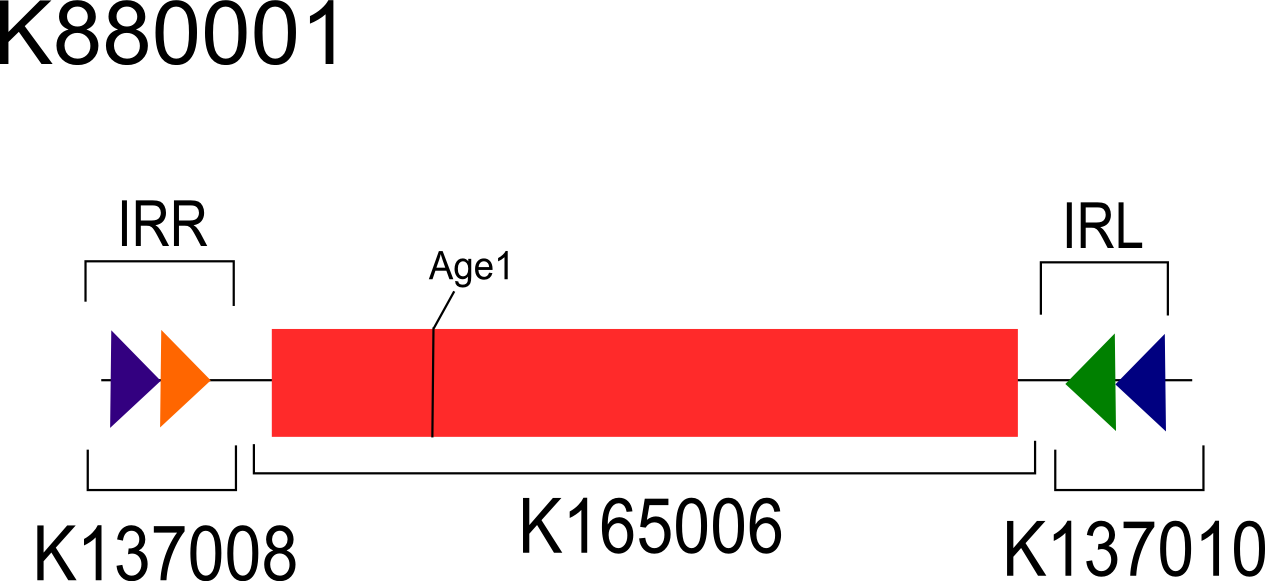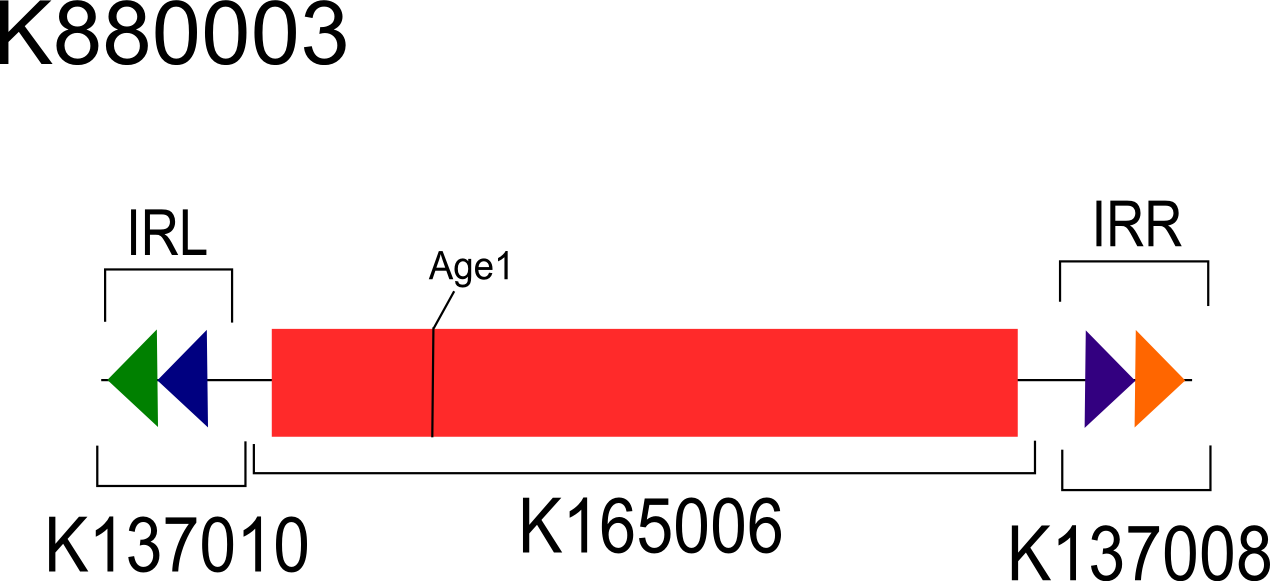Team:Michigan/Results
From 2012.igem.org
(Difference between revisions)
| Line 25: | Line 25: | ||
<br><br> | <br><br> | ||
| + | </html> | ||
[[File:MichDiagram1.png|300px|thumb|left| Figure 1. A diagram of the asymmetrical reporter K880001]] | [[File:MichDiagram1.png|300px|thumb|left| Figure 1. A diagram of the asymmetrical reporter K880001]] | ||
| + | <html> | ||
<br> | <br> | ||
<br> | <br> | ||
| + | </html> | ||
[[File:MichDiagram2.png|300px|thumb|left| Figure 2. A diagram of the asymmetrical reporter K880003]] | [[File:MichDiagram2.png|300px|thumb|left| Figure 2. A diagram of the asymmetrical reporter K880003]] | ||
| + | <html> | ||
| + | |||
<h3> | <h3> | ||
Results | Results | ||
Revision as of 00:14, 4 October 2012
Introduction
The Asymmetrical Digest Reporters
In order to test the effectiveness of the recombinases used in our system, we developed two assays -- an “asymmetrical digest” reporter and a fluorescence reporter. The former is used to directly test the inversion of the target DNA region, while the latter is used to demonstrate inversion induced protein expression.The Fluorescent Reporters
The two asymmetrical digest reporters in their unflipped state (invertible by FimE) are shown in figures 2 and 3. These reporters rely on an off-center AgeI restriction site which will yield fragments of varying size depending on the orientation of the inversion region. Table 1 shows the expected sizes of the fragments in each orientation. The differences between the reporters are discussed below.
 "
"



